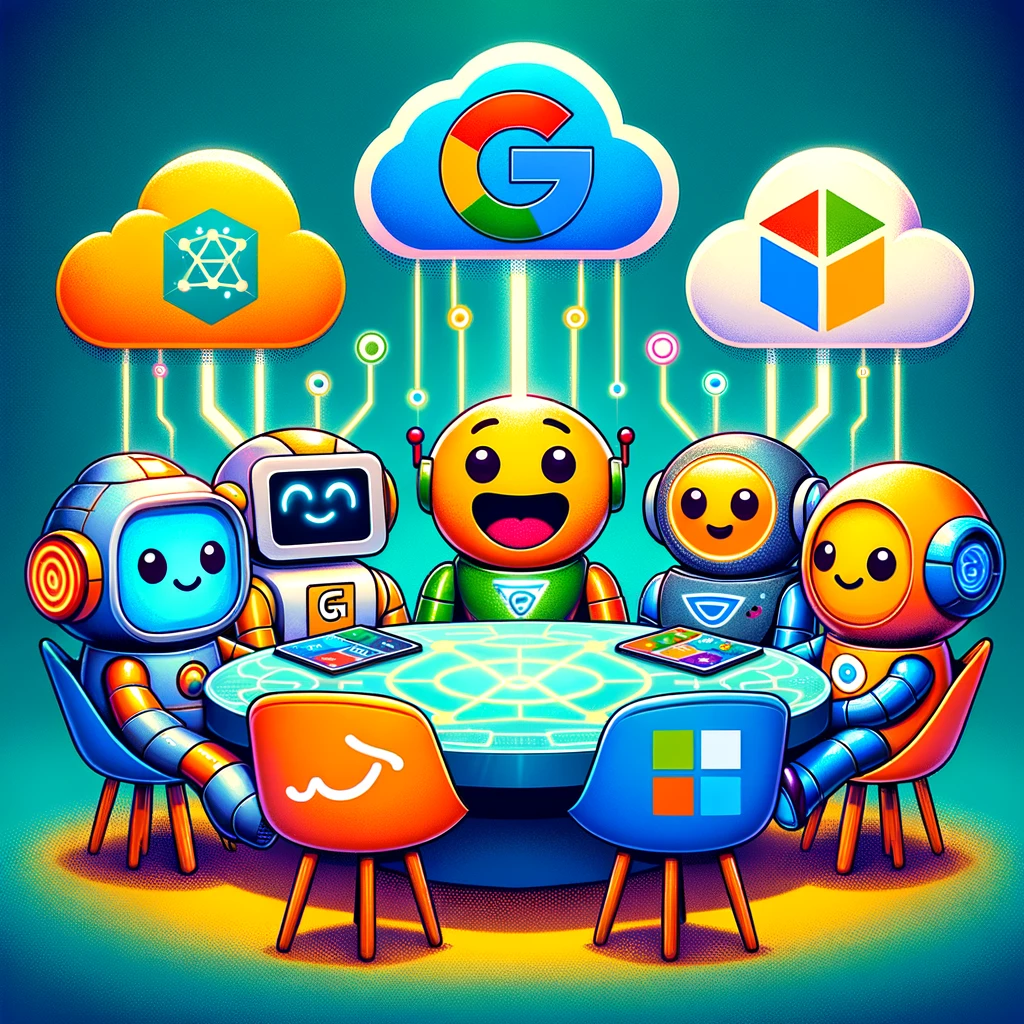Machine Learning: Large Language Model Overview
 What is Large Language Model (LLM)?
What is Large Language Model (LLM)?
Imagine a super-smart computer that’s like a language genius. It’s called a Large Language Model, or LLM for short. This computer has read tons and tons of books, articles, and websites to learn how people talk and write.
Here’s what makes LLMs special:
- Big Brain: LLMs have huge brains! They’ve learned from billions of words, so they understand all sorts of ways people use language.
- Deep Learning: They work like magic using something called deep learning. It’s like they’re diving deep into the ocean of words to figure out how language works.
- Two-Step Learning: First, they learn the basics of language from all that reading (we call it pre-training). Then, they get even smarter by practicing specific tasks, like answering questions or translating languages (that’s fine-tuning).
- Understanding Context: LLMs are amazing at understanding what’s going on. They don’t just look at words by themselves – they pay attention to the whole conversation or story to give smart responses.
- Cool Uses: You can use LLMs for all sorts of things! They help chatbots talk like real people, translate languages, write articles, and even analyze feelings in text.
Think of LLMs as your language-savvy buddy who’s always ready to help you understand, write, or talk about anything. They’re like having a language expert in your computer!
 Building Large Language Models (LLMs) typically requires significant computational resources, expertise in machine learning, and access to large datasets. However, there are some platforms and tools that provide resources and frameworks for users to develop and experiment with LLMs:
Building Large Language Models (LLMs) typically requires significant computational resources, expertise in machine learning, and access to large datasets. However, there are some platforms and tools that provide resources and frameworks for users to develop and experiment with LLMs:
- Hugging Face: It’s like a cool toolbox for language wizards. They give you pre-made tools (models) to play with, and you can even make your own magic spells (custom models) using their stuff.
- OpenAI’s GPT: Think of it as a treasure chest of super-smart talking robots. You can’t really build them yourself, but OpenAI lets you borrow them through their special talking robot hotline (API).
- Google Cloud AI Platform: Imagine a big kitchen with all the ingredients and fancy tools you need to cook up a language feast. Google’s got that covered in the cloud, so you can whip up your own language dishes with their help.
- Amazon Web Services (AWS): It’s like a playground for language adventurers. AWS has all the swings and slides (tools and services) you need to build your own language castle (models) in the sky.
- Microsoft Azure: Picture a big library full of books and study nooks. Microsoft lets you borrow their language books and gives you comfy chairs and tables (tools and services) to build your own language stories.
- Colab Notebooks: It’s like having a secret lab in your browser. Google Colab gives you a special notebook where you can mix and match language ingredients (code) to create your own language experiments.
So, whether you’re a language explorer, a wizard in training, or just curious about how words work, these platforms and tools have got you covered! They make building and playing with language models as easy as snapping your fingers (well, almost).